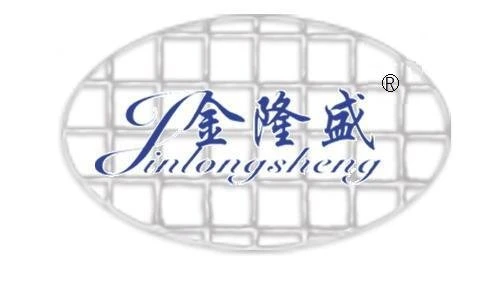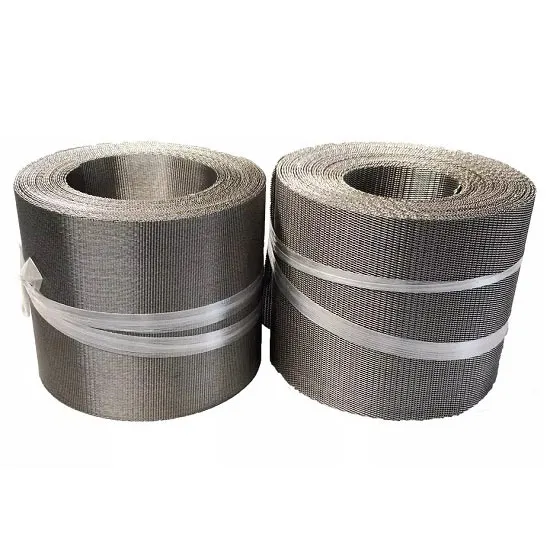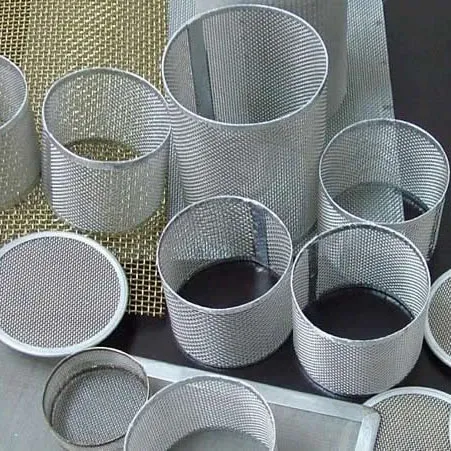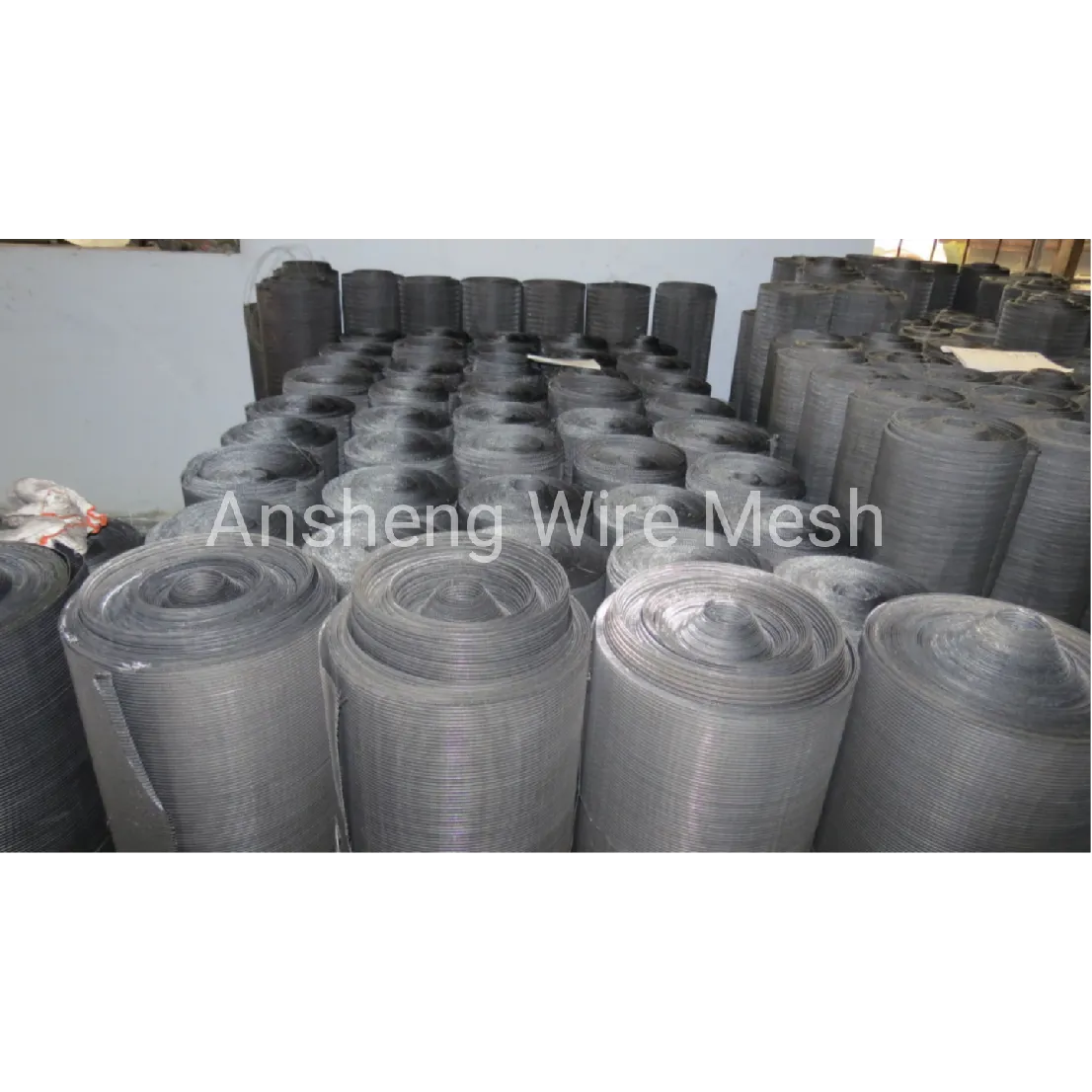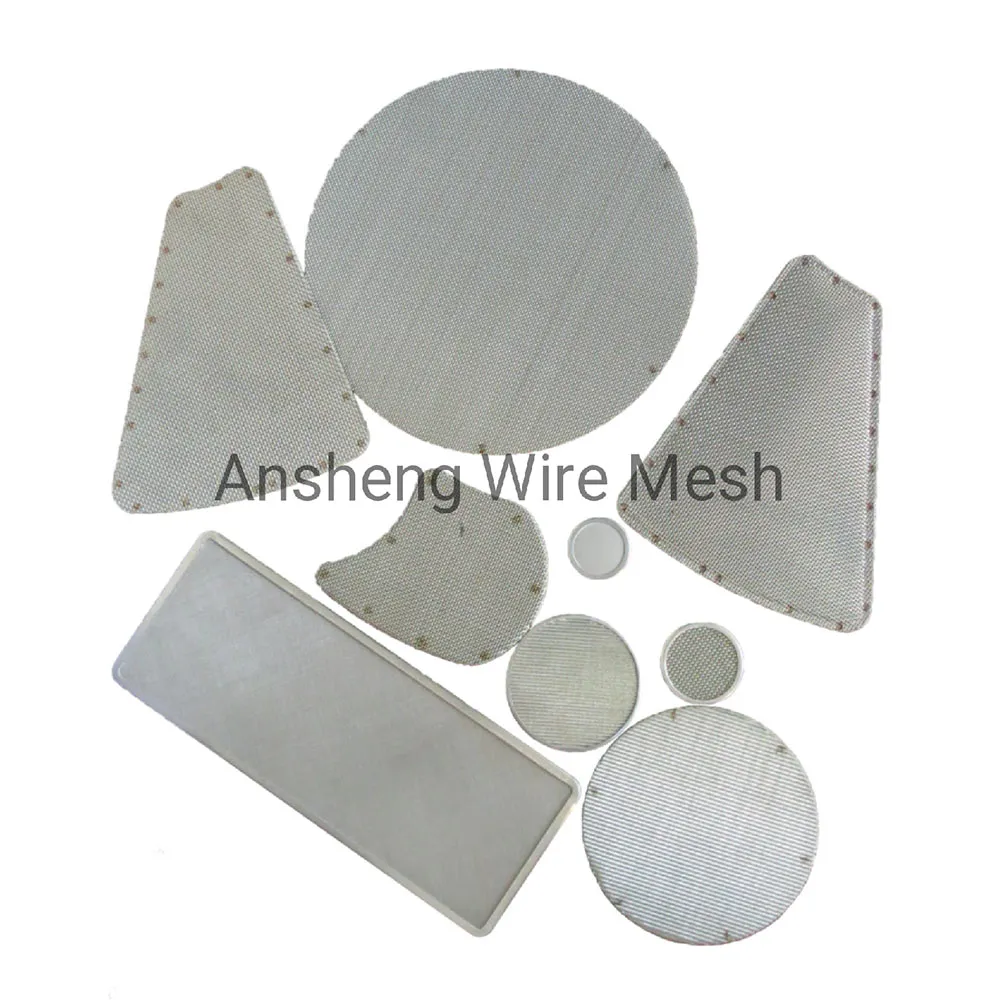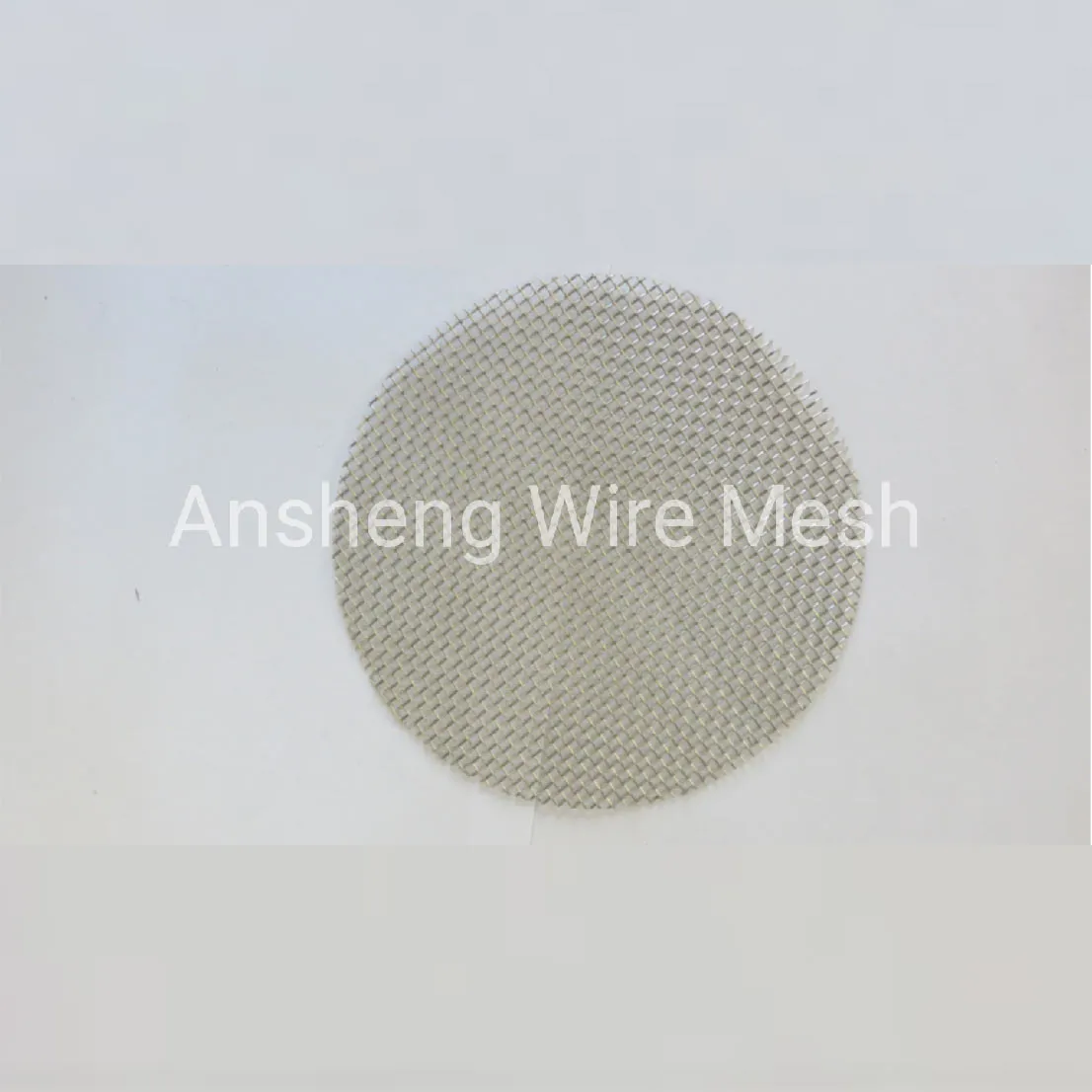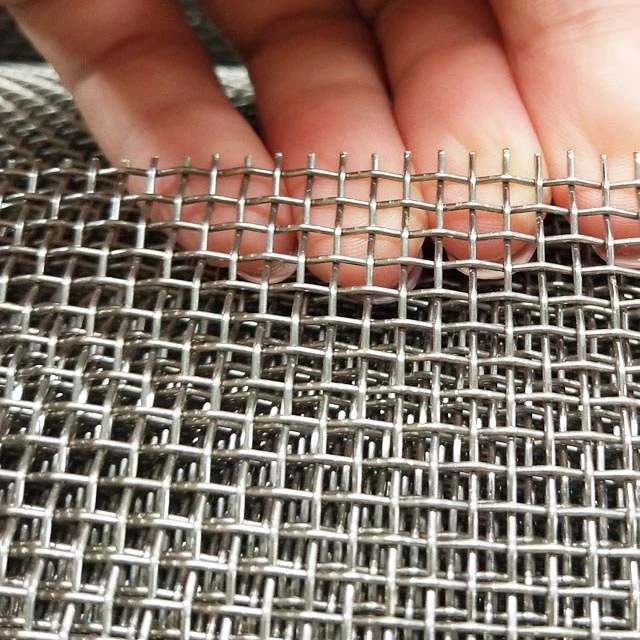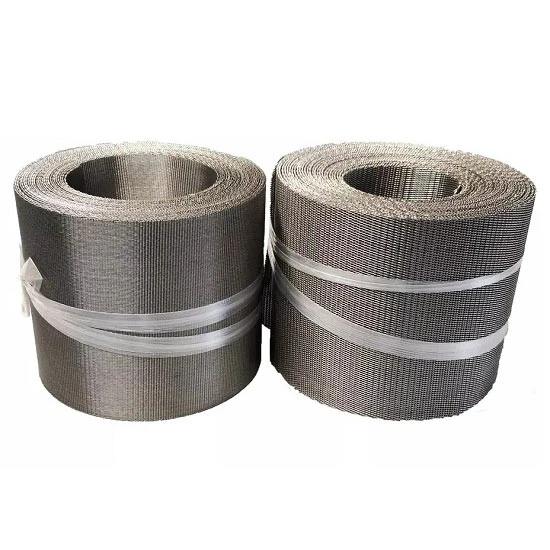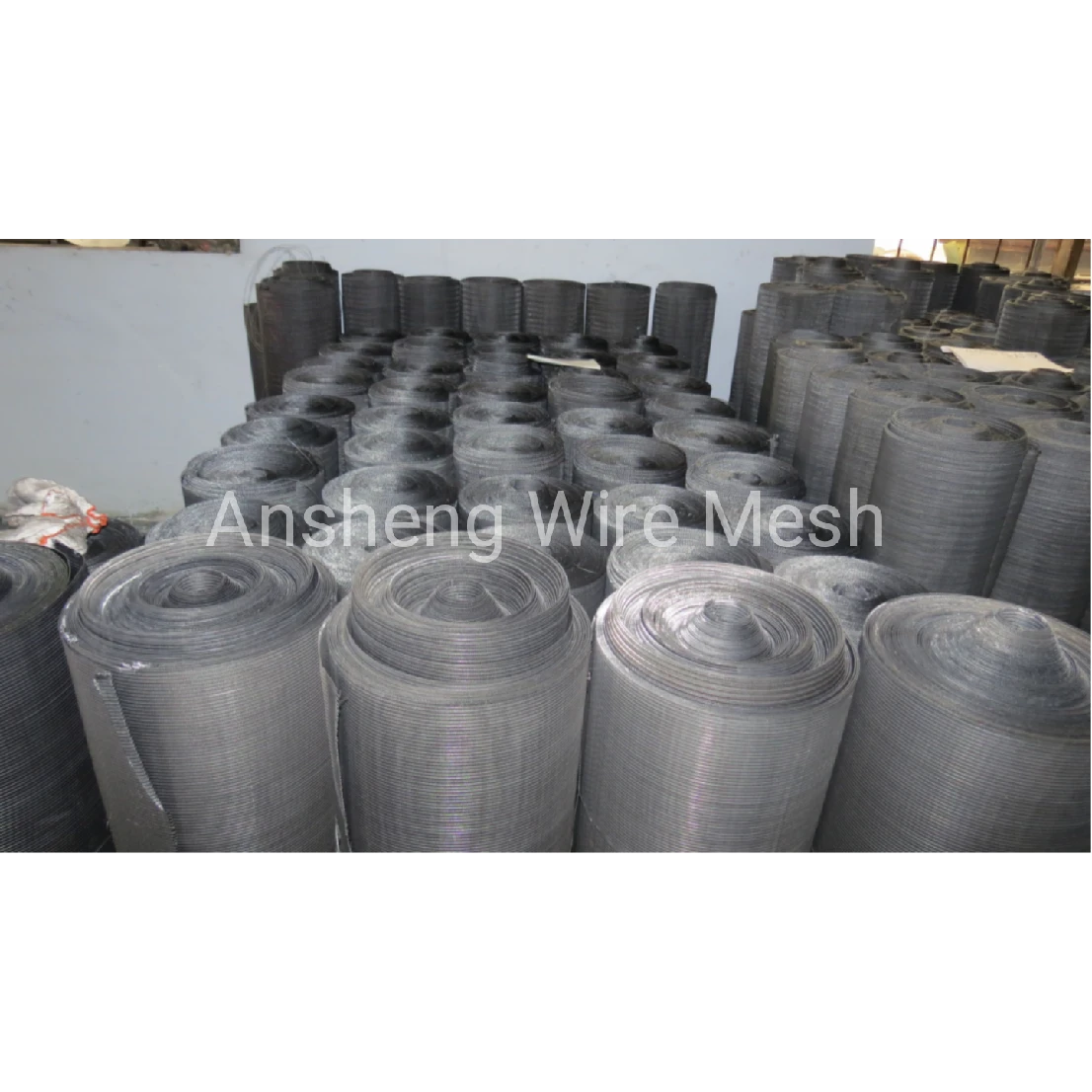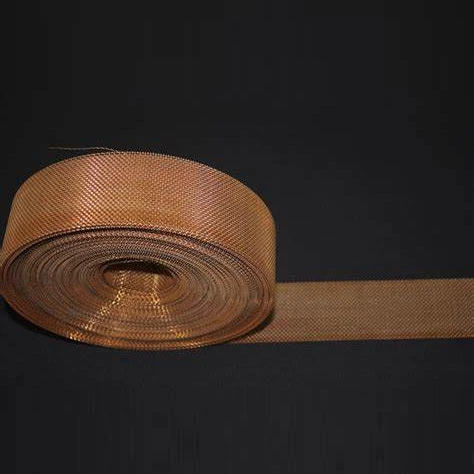The Indispensable Role of Stainless Steel Wire Mesh in Industrial Applications
In the realm of advanced industrial applications, the demand for materials exhibiting exceptional durability, corrosion resistance, and structural integrity is paramount. Among these, stainless chicken wire, alongside its broader counterparts like stainless screen mesh and stainless welded wire mesh, represents a critical component across a myriad of sectors. This article delves into the technical facets, strategic advantages, and diverse applications of these high-performance materials, offering B2B decision-makers and engineers a comprehensive guide to their selection and implementation.
From intricate filtration systems in petrochemical plants to robust protective barriers in marine environments, stainless steel wire mesh solutions are engineered to meet the most stringent operational demands, ensuring long-term reliability and cost-effectiveness. Our focus is on providing detailed insights into the manufacturing excellence, performance metrics, and application versatility that define this essential industrial product.
Industry Trends and Market Dynamics for Stainless Steel Wire Products
The global market for stainless steel wire mesh is experiencing robust growth, driven by escalating demands in critical infrastructure, environmental protection initiatives, and the ongoing push for automation in manufacturing. Key trends include:
- Increasing Adoption in Renewable Energy: Solar panel frames, wind turbine filters, and hydro-energy screening systems are increasingly utilizing advanced stainless steel mesh for its resilience and low maintenance.
- Enhanced Material Grades: Development of super duplex stainless steels and advanced austenitic alloys (e.g., 316L, 904L) offering superior corrosion resistance and strength for extreme environments.
- Customization and Specialization: Growing demand for tailor-made solutions with specific mesh counts, wire diameters, and weaving patterns to address unique application challenges.
- Sustainability Focus: Emphasis on materials with long service lives, recyclability, and reduced environmental impact, where stainless steel excels due to its inherent properties and durability.
Market analysts project a compound annual growth rate (CAGR) of approximately 6-8% for the industrial wire mesh sector over the next five years, with significant contributions from infrastructure development in emerging economies and stringent regulatory standards in developed nations promoting safer and more efficient material handling and filtration systems.
Manufacturing Process Flow for High-Performance Stainless Steel Wire Mesh
The production of high-quality stainless steel wire mesh involves a meticulous sequence of processes, ensuring the final product meets exacting industry standards for material integrity, weave consistency, and performance.
1. Material Selection & Sourcing
The foundation of superior mesh begins with the selection of high-grade stainless steel alloys, primarily AISI 304, 316, and 316L. These materials are chosen for their specific blend of corrosion resistance, tensile strength, and formability. Material traceability is maintained throughout, ensuring compliance with standards like ASTM A276/A313 for stainless steel wire rod.
2. Wire Drawing
Raw stainless steel rods are drawn through a series of dies to achieve the precise wire diameter required for the mesh specification. This cold working process enhances the wire's tensile strength and improves surface finish. Intermediate annealing might be performed to prevent work hardening and maintain ductility.
3. Weaving or Welding
This is the core manufacturing stage:
- Weaving: For woven mesh (like typical stainless screen mesh or stainless chicken wire), advanced weaving looms interlace longitudinal (warp) and transverse (weft) wires. Common weave patterns include plain weave, twilled weave, and Dutch weave, each offering distinct filtration properties and structural stability. This process is typically automated and monitored for consistent mesh aperture and tension.
- Welding: For stainless welded wire mesh, individual wires are aligned perpendicularly and resistance welded at each intersection point. This creates a rigid, robust mesh structure ideal for structural applications, fencing, and security screens. The welding parameters are precisely controlled to ensure strong, clean welds without compromising the steel's metallurgical properties.
4. Annealing/Heat Treatment (Optional but Recommended)
Post-weaving or welding, some mesh products undergo heat treatment (annealing) to relieve internal stresses, improve ductility, and optimize corrosion resistance, particularly for harsh chemical environments. This process is critical for maintaining long-term material integrity.
5. Finishing and Surface Treatment
The mesh may undergo cleaning, passivation (to enhance the passive oxide layer for superior corrosion resistance), or electropolishing for specific applications requiring ultra-smooth surfaces, such as in pharmaceutical or food processing industries. Edge finishing and trimming to exact dimensions are also performed here.
6. Quality Control and Testing
Rigorous quality checks are performed at every stage, culminating in final product inspection. This includes:
- Visual Inspection: Checking for defects, weave irregularities, or weld inconsistencies.
- Dimensional Accuracy: Verification of mesh count, wire diameter, and panel dimensions against specifications (e.g., ASTM E2016 for woven wire mesh).
- Material Composition Analysis: XRF (X-ray fluorescence) or spectrographic analysis to confirm alloy grade.
- Tensile Strength Testing: Ensuring the mesh meets required mechanical properties.
- Corrosion Resistance Tests: Salt spray tests or immersion tests for specific applications.
Adherence to international standards such as ISO 9001 for quality management and ASTM specifications for material and product performance is strictly maintained.
Target Industries and Advantages:
Stainless steel mesh products find extensive use in industries such as:
- Petrochemical & Chemical Processing: For filtration, separation, and catalyst support due to exceptional corrosion resistance to acids, alkalis, and high temperatures, ensuring extended service life and energy saving through efficient filtration.
- Metallurgy & Mining: Sieve screens, conveying belts, and safety guards, benefiting from high wear resistance and mechanical strength.
- Food & Beverage: Sanitary sieves, strainers, and conveyor belts, utilizing the hygienic, non-contaminating properties of stainless steel, often meeting FDA compliance for specific grades.
- Water Supply & Drainage: Water treatment filters, well screens, and wastewater management, leveraging resistance to bio-fouling and long-term durability in wet environments.
- Architectural & Construction: Decorative facades, balustrades, and protective barriers, valued for aesthetic appeal, strength, and minimal maintenance.
The long service life, superior corrosion resistance, and structural integrity of these meshes translate directly into reduced downtime, lower replacement costs, and enhanced operational efficiency for industrial clients.
